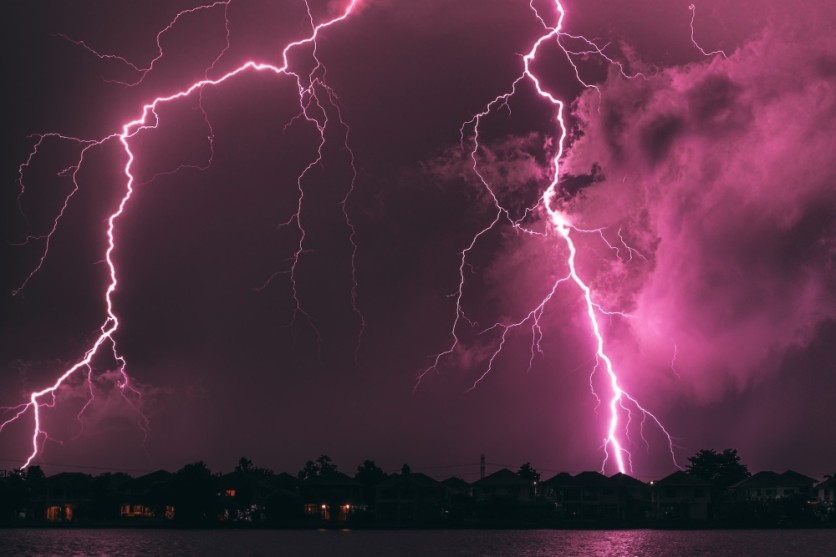
Scientists Successfully Deflect Lightning Using Lasers, Easing Thunderstorm Fears
Researchers have successfully harnessed the power of lasers to deflect lightning strikes.
IFLScience reports that Dr. Aurélien Houard and his team at ENSTA Paris have demonstrated that lasers can serve as virtual lightning rods, altering the course of lightning bolts in an experiment conducted atop Switzerland's Säntis Mountain.
The implications of this discovery extend far beyond our everyday fears of thunder and lightning storms, potentially safeguarding vital infrastructure and human lives in the face of nature's fury.
Upgrading Old Lightning Tech
Traditionally, humanity has relied on the Franklin lightning rod for protection against the unpredictable nature of lightning. Over 270 years since its inception, it has effectively prevented countless fires and electrocutions, reassuring us that we can control the forces once believed to belong to the gods.
However, Dr. Houard and his co-authors make a compelling case for an upgrade to this age-old technology. Their remarkable research, published in Nature Photonics, presents laser pulses as a revolutionary means to manipulate the path of a lightning strike.
Deflecting Lightning with Lasers
The key to this groundbreaking experiment lies in the ability of laser pulses to ionize the air, creating low-density channels that can redirect the lightning's trajectory.
To put their theory to the test, the team set up a laser machine the size of a car on the lightning-prone Säntis Mountain in Switzerland - a place hit by 100 lightning strikes each year!
Impressive Results
For six hours during a thunderstorm, the laser pulses successfully controlled the direction of four lightning discharges.
Astonishingly, high-speed cameras recorded one lightning bolt following the laser beams' path for a staggering 50 meters (164 feet).
These electrifying events were accompanied by heightened X-ray bursts, underscoring the magnitude of the experiment's success.
Dr. Houard's team achieved what had eluded scientists for over two decades. They attributed their triumph to using significantly faster laser pulses, repeated thousands of times per second.
This breakthrough is promising to improve lightning safety measures, particularly in scenarios where traditional lightning rods may fall short.
Important Questions
While this cutting-edge technology undoubtedly excites our scientific curiosity, questions about its practicality and cost-effectiveness loom large.
Constructing and operating such powerful lasers may be relatively inexpensive for many applications. Moreover, existing infrastructure, like the telecommunications tower used in the experiment, has proven its mettle over the years with reliable Franklin rods.
Dr. Houard's laser machine, operating in the terawatt range for short bursts, consumed more electricity than the entire continent of Europe. However, the potential benefits extend beyond the realm of stationary rods.
Lasers could offer a versatile alternative in open fields or areas where mobility is essential. Additionally, compared to single-use rockets with wire attachments, lasers may present a more cost-effective, reusable solution for defusing strong electric fields and preventing subsequent lightning strikes.
Stay posted here at Tech Times.
Related Article : Large Hadron Collider Experiment Detects a Rare 'Hypernuclei' From Proton Collisions

![Apple Watch Series 10 [GPS 42mm]](https://d.techtimes.com/en/full/453899/apple-watch-series-10-gps-42mm.jpg?w=184&h=103&f=9fb3c2ea2db928c663d1d2eadbcb3e52)



